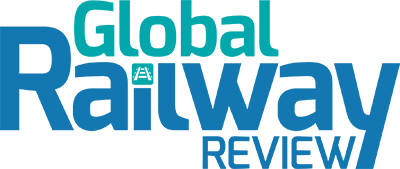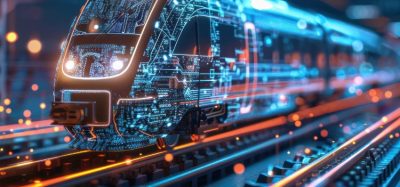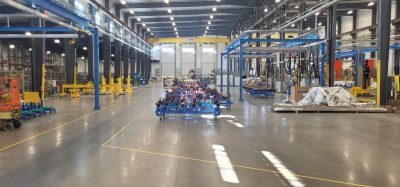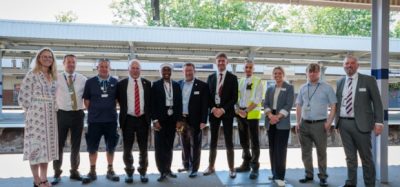Northern’s fleet to be equipped with technology made famous by NASA
Posted: 11 July 2022 | Elliot Robinson (Editorial Assistant - Global Railway Review) | 1 comment
Northern have revealed the details of the new LIDAR scanning technology that will make journeys on its railways safer and more efficient.


Credit: Northern
Northern has revealed the details of the light detection and radar (LIDAR) scanning technology it is installing across its fleet of 345 trains to make journeys by railway safer and more efficient.
Chief among the application of LIDAR technology are horizon-scanning cameras that can detect infrastructure defects, environmental threats, and maintenance issues. The train-mounted cameras use the same light detection and radar (LIDAR) process as used by meteorologists to measure clouds and pollution and which was famously used by NASA to map the surface of the moon. Thermal imaging systems will also be deployed to monitor passenger load factors and provide accurate information to service partners in the event of an emergency. Northern is also aligning its on-board CCTV systems with British Transport Police to enable officers to tune-in to live, high-definition footage on-board its trains.


Credit: Northern Trains
Scenarios Northern has used to outline the benefits of the new technology include:
Join our free webinar: Rail cyber-security in a time of technological and regulatory transformation
Join our expert panel, including speakers from Nokia and Siemens Mobility, to explore the critical convergence of cybersecurity and 5G rail comms.
Date: 3 Dec | Time: 15:00 GMT
Can’t attend live? No worries – register to receive the recording post-event.
- Trains being able to detect ‘bumps on the line’ as they pass over them and automatically send GPS co-ordinates to maintenance teams responsible for repairs
- External mounted cameras scanning the roof of tunnels for loose bricks so they can be flagged with infrastructure safety teams before they become a danger
- Sensors able to spot energy saving opportunities, such as station lighting being left on during daytime, as trains travel through platforms
- Security incidents and threats to public safety being monitored in real time by British Transport Police officers.
Roll-out of the new technology will begin late in July 2022, with more to follow throughout the course of 2022.
Related news you will enjoy:
Northern recovers over £2 million from fare evaders for taxpayers
Northern recognised with ‘Gold Standard’ from Investors in People
“This is the beginning of what we’re calling ‘Intelligent Trains’,” Nick Donovan, Managing Director of Northern, said. “With these modifications, our fleet won’t just travel the network, they will actively monitor and report back on issues that could have an impact on our operation. The result will be greater efficiencies in terms of resource allocation, faster responses in terms of maintenance programmes and an overall smarter, and safer, way of working. We are sharing details of this new software with other train operators so that passengers the length and breadth of the country can benefit from the approach we have pioneered in the North of England.”
Stay Connected with Global Railway Review — Subscribe for Free!
Get exclusive access to the latest rail industry insights from Global Railway Review — all tailored to your interests.
✅ Expert-Led Webinars – Gain insights from global industry leaders
✅ Weekly News & Reports – Rail project updates, thought leadership, and exclusive interviews
✅ Partner Innovations – Discover cutting-edge rail technologies
✅ Print/Digital Magazine – Enjoy two in-depth issues per year, packed with expert content
Choose the updates that matter most to you. Sign up now to stay informed, inspired, and connected — all for free!
Thank you for being part of our community. Let’s keep shaping the future of rail together!
Related topics
Digitalisation, High-Speed Rail, Operational Performance, Passenger Experience/Satisfaction, Safety, Technology & Software









Innovative use of technology to drive improvements in maintenance efficiencies. I would be interested in further information on how the CCTV to fixed infrastructure transmission is achieved.